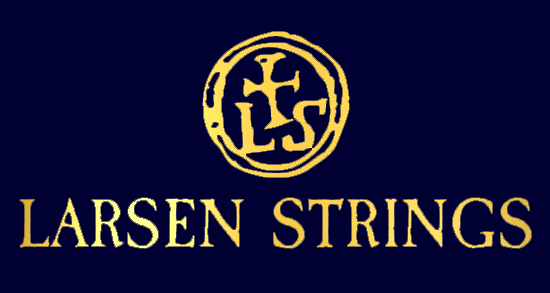Trying strings with musicians is always an experience full of surprises. When Susanne Hoffmann from the South Denmark Philharmonic came to visit us, she brought with her a Bächle cello from 1993 strung with Larsen Soloist and Original strong strings, as recommended by her violinmaker. Through the string test, we found out that using strong strings on Susanne’s cello was not necessary. In fact, by choosing strings of a much lighter tension, the instrument became much easier to play. It is like the difference between using a pencil with a hard or a soft core. With a hard pencil, the writer needs to work harder than with a softer pencil, however, the result might be more suitable to the writers’ need and expectation.
When Susanne went back home, she was looking forward to experiencing a new easiness of playing.
Thank you Susanne for visiting us.
Does that mean that every player should look for less tension strings?
The answer to that question is no. Some players prefer strings which offer more resistance to the bow while others prefer to let the instrument sing by itself. At the same time, an instrument gives the best of its potential at an optimum level of tension and this level differs from instrument to instrument. To find out which level of tension fits your personal style of playing and your instrument is not an easy quest. Through these blogs, we tell you about the experience of the players we meet, hoping that these narrations will provide a guideline for other players.
If you want to know more about the effect of string tension on your instrument, we strongly recommend you to read the blog: What is the gauge – and how to choose between soft, medium and strong tension strings?”, which provides an understanding of how different levels of tension affect your instrument and your playing.

